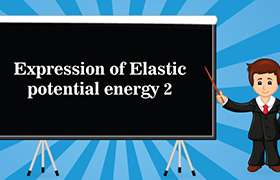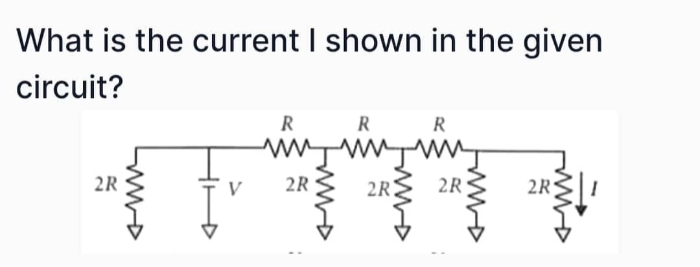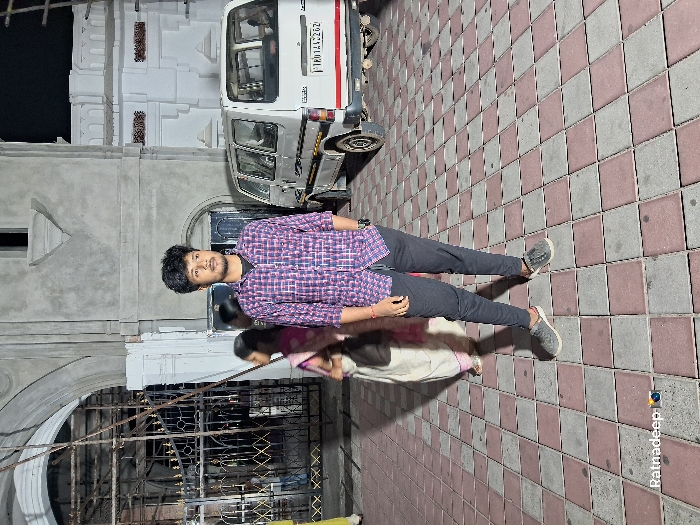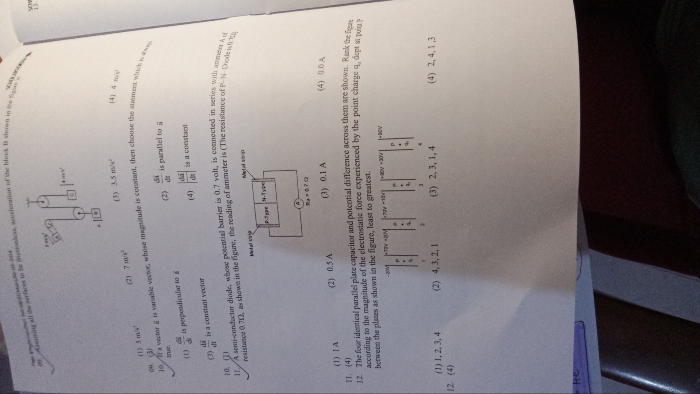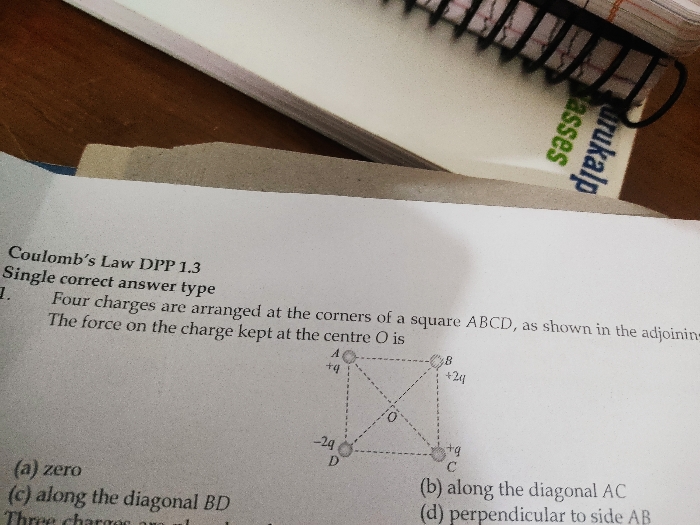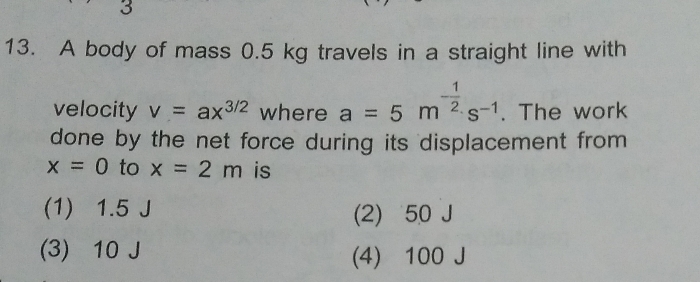JEE Class main Answered
Solve

Asked by sarveshvibrantacademy | 04 May, 2019, 10:29: AM

For refracrion at spherical surface, with respect to the given figure, we have  ................(1)
................(1)
 ................(1)
................(1)In eqn.(1) sign convention is not applied. v is image distance in refracting medium, measured from point p.
R is radius of curvature which is 60 cm.
Let us analyze each case
case-(A) :- eqn.(1) is written as (-1/120) + (1.5/v) = (0.5/60) or we get v = 60 cm.
i.e image after refraction is formed at a distance 60 cm from P inside refracting medium.
Now if this image is acting as object for second refraction then we have [ (-3/2)/60 ] + 1/v = 0.5/(-60) or we get v = 60 cm.
Hence final image I1 is not formed on O which is 120 cm left of P , irrespective of distance d2
case-(B) :- eqn.(1) is written as (-1/240)+(1.5/v) = 0.5/60 or we get v = 120 cm
i.e image after refraction is formed at a distance 120 cm from P inside refracting medium.
Now if this image is acting as object for second refraction then we have [ (-3/2)/120 ] + 1/v = 0.5/(-60) or we get v = 240 cm.
Hence final image I1 is formed on O , but the distance d2 should be greater than 120,
otherwise mirror reflection will alter the location of first image and final image will not be formed at O
case-(C) and (D) are false as per the explanataion given for case -(B)
Answered by Thiyagarajan K | 05 May, 2019, 03:52: PM
Application Videos
JEE main - Physics
Asked by arivaryakashyap | 23 Apr, 2024, 10:40: AM
JEE main - Physics
Asked by ratnadeep.dmr003 | 21 Apr, 2024, 11:06: PM
JEE main - Physics
Asked by ksahu8511 | 19 Apr, 2024, 11:55: AM
JEE main - Physics
Asked by mohammedimroz | 13 Apr, 2024, 09:48: PM
JEE main - Physics
Asked by medhamahesh007 | 02 Apr, 2024, 11:11: AM
JEE main - Physics
Asked by gundlasumathi93 | 31 Mar, 2024, 02:13: PM
JEE main - Physics
Asked by chhayasharma9494 | 31 Mar, 2024, 12:47: PM
JEE main - Physics
Asked by archithateja3 | 30 Mar, 2024, 10:23: PM
JEE main - Physics
Asked by Machinenineha | 27 Mar, 2024, 05:28: PM


